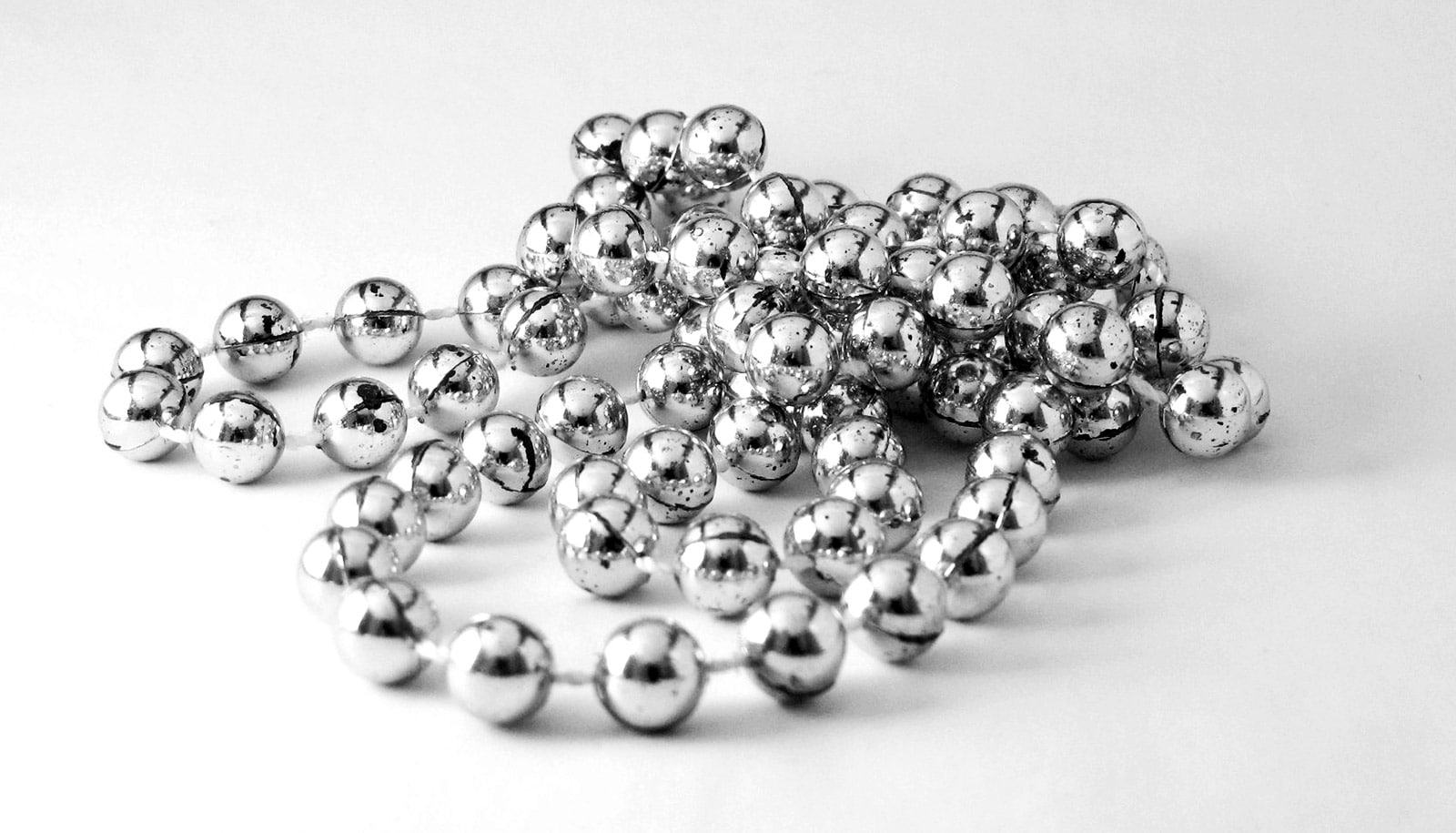A combination of silver nanoparticles and antibiotics may offer a way to fight against antibiotic-resistant bacteria, a new study shows.
Researchers hope to turn the discovery into viable treatment for some types of antibiotic-resistant infections that kill more than a million people globally each year.
“When I first saw the result, my first thoughts were, ‘Wow, this works!'”
For centuries, silver has been known to have antimicrobial properties. However, silver nanoparticles—microscopic spheres of silver small enough to operate at the cellular level—represent a new frontier in using the precious metal to fight bacteria.
In the new study, published in Frontiers in Microbiology, the researchers tested whether commercially available silver nanoparticles boost the power of antibiotics and enable these drugs to counter the very bacteria that have evolved to withstand them.
“We found that the silver nanoparticles and a common class of broad-spectrum antibiotics called aminoglycosides work together synergistically,” says senior author Daniel Czyz, an assistant professor in the microbiology and cell science department at the University of Florida/Institute of Food and Agricultural Sciences (UF/IFAS).
“When combined with a small amount of silver nanoparticles, the amount of antibiotic needed to inhibit the bacteria decreased 22-fold, which tells us that the nanoparticles make the drug much more potent,” Czyz explains. “In addition, aminoglycosides can have negative side effects, so using silver nanoparticles could allow for a lower dose of antibiotic, reducing those side effects.”
The findings were both surprising and exciting, says first author Autumn Dove, a doctoral candidate studying microbiology and cell science in the UF/IFAS College of Agricultural and Life Sciences. “When I first saw the result, my first thoughts were, ‘Wow, this works!'” she says.
Over the last several decades, overuse of antibiotics had led to the emergence of antibiotic-resistant bacteria and a decline in the effectiveness of traditional antibiotic drugs, the researchers say. The study’s findings indicate that silver nanoparticles have the potential to renew the effectiveness of some of these drugs.
“Let’s say you get a bad burn on your hand, and it gets infected with one of these resistant strains of bacteria,” Dove says. “It’s possible that dressing that burn with a combination of silver nanoparticles and antibiotics could both clear that infection and prevent those resistant bacteria from spreading elsewhere.”
Though antibiotics mainly target bacteria, they can also damage human and animal cells. Using a microscopic worm called C. elegans, the researchers confirmed that the silver nanoparticles did not also make the antibiotic more toxic to non-bacterial cells.
Building off the study’s promising findings, the scientists next plan to seek FDA authorization for clinical trials and work with UF Innovate to patent an antimicrobial product that uses silver nanoparticles.
The silver nanoparticles used in the study were manufactured by the Natural Immunogenics Corporation, which helped fund the study through the UF Industry Partnerships Matching Grant Program.
Source: University of Florida



